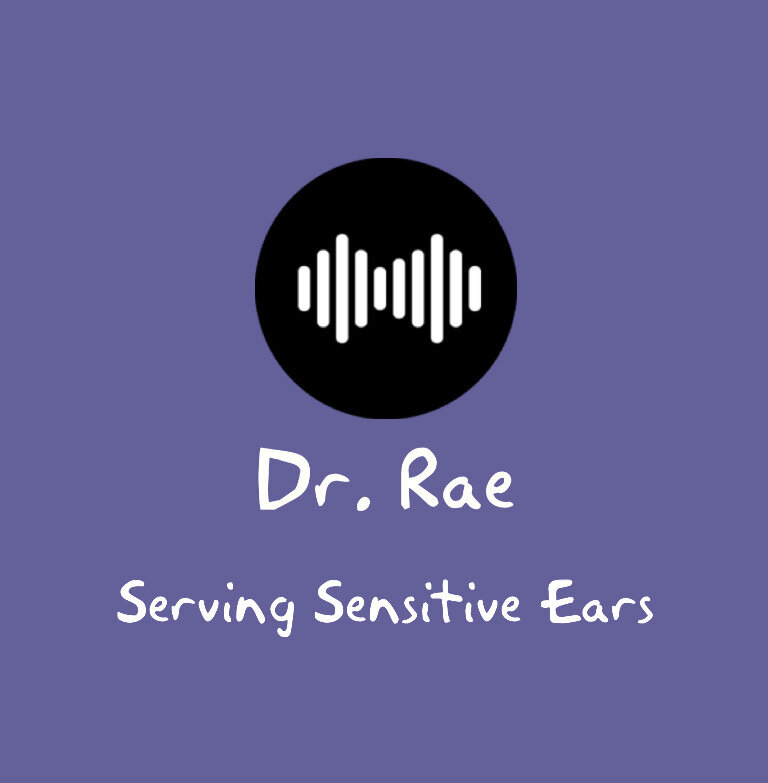The Risks of Poor Programming for Low-Gain Hearing Aids
The Risks of Poor Low-Gain Programming
Although no one may die from badly programmed hearing aids, that does not mean they are a commodity or without potential hazard. So far, there are very few audiologists with years of experience fitting thousands of patients using LGHA.
Even if “LGHA” are offered, check references. Please realize these "low-gain" programmed hearing aids are no different from the ones we fit to the hearing impaired.
"Low-gain" is exactly what it sounds like. These aids are programmed without a lot of volume, hopefully, to minimize the risk of damage to normally hearing ears. Apart from having very little power, however, there is nothing in common between LGHA programmed by different clinicians. Ideal settings are a constant debate in audiology groups online.
Having pioneered this type of programming, I have now seen close to 3000 patients. As a result, I have had the chance to practice and improve through ongoing adjustments, and patient feedback.
Set incorrectly, the aids programmed as LGHA can have over 130 dB of output (per Phonak). Set poorly, they could potentially cause lifelong hearing loss, sound sensitivity, or tinnitus. I have seen cases of over amplification, which like too loud headphones, if worn long term could cause noise-induced hearing loss. I’ve also seen cases where children’s hearing was blocked by the aids, causing them to not hear or even making them more prone to hyperacusis and misophonia triggers.
If the programming is safe, it won't result in damage, but that also doesn’t mean that it’s ideal. There are quite a few patients I have seen who have not found considerable benefit with their hearing aids using one audiologist's programming, but then did with another. Good programming requires multiple adjustments over time in response to parent or patient feedback.
